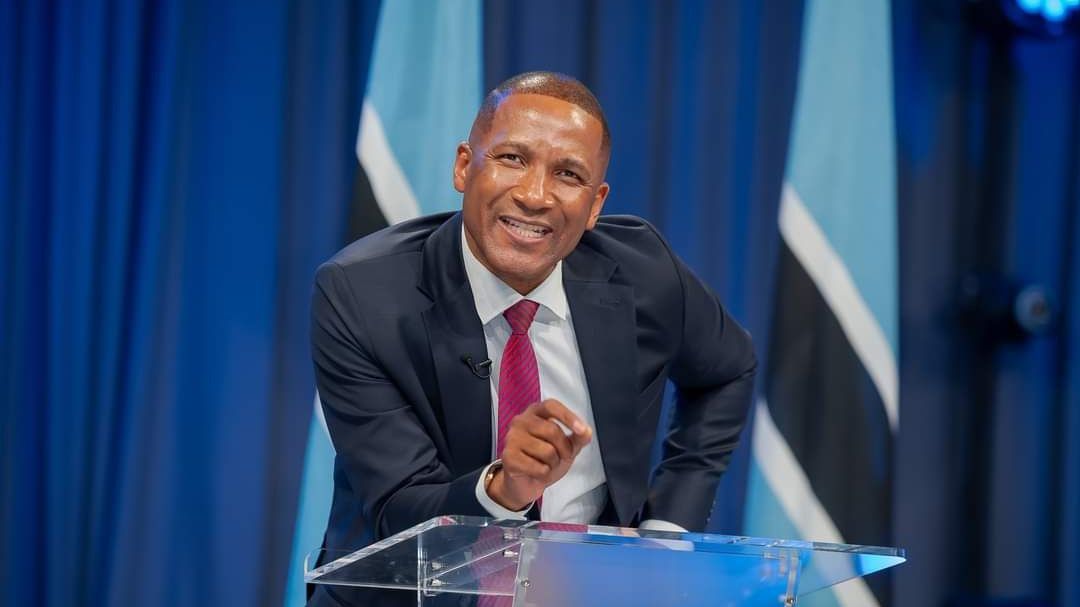Baku, the capital, has a walled medieval centre that’s worth a day or two, but offshore the shallow Caspian Sea is littered with a century’s worth of old and new oil wells.
How did this year’s conference, COP29, end up in Baku? Well, it was the turn of some country in the region formerly ruled by the Russian empire/Soviet Union, and Moscow vetoed all the countries that are not cozy with Russia. That left only Azerbaijan and Armenia, but the latter just lost a war with the former and is flat broke.
Ninety percent of Azerbaijan’s income comes from oil, so the optics of locating the climate conference there were challenging. However, it had the money to host around 50,000 government officials, think-tank policy wonks, investors and campaigners (plus a few climate scientists) for two weeks, and it needed some greenwashing. So the deal was done.
The conference opened on Monday, just a week after climate-denier Donald Trump won the US election. The special attraction this year is that it will be the ‘climate finance COP’ (conference of the parties), where nearly 200 countries debate and perhaps decide on a new climate financing target to replace the $100 billion a year ‘pledge’ that expires this year.
That pledge was needed because the richer countries that industrialised long ago (and put most of the excess CO2 into the atmosphere in the process) must subsidise the poorer counties that are industrialising now so that they put in clean power from the start. If they don’t, the warming goes crazy for everybody.
This was agreed in principle in 2009 in Copenhagen, when COP15 set the target of transferring of $100 billion a year from rich countries to poor countries by 2020. They actually managed to reach that target only two years late, in 2022 – but the truth is that they just plucked that figure out of the air sixteen years ago.
Need for help
Back in 2009 they already knew that the Global South would need a lot of financial help to cover its share of the responsibility for shifting to clean energy, but it was early days and the analysis would take years. So they settled for a token amount just to nail the principle down. ($100 billion a year is only about one-tenth of one percent of global GDP.)
That deal expires this year, and a much bigger deal has to take its place. The economists have been hard at work for the past couple of years, and they have come up with a new target of $2.4 trillion a year to cover all the extra costs of ensuring that the developing countries install clean energy rather than fossil fuels.
They reckon that the poorer countries can cover more than half of that themselves out of national budgets, private investments and low-interests loans, but about one trillion dollars a year will have to come as transfers from the rich countries. That’s around one percent of global GDP, so now we’re talking real money.
It is very unlikely that there will be an agreement on how to raise all this money this year in Baku. Even with the best will in the world, deciding on how large the contribution of each developed country should be and how the total sum can be shared out fairly will take longer than that.
‘Best will in the world’
Moreover, the ‘best will in the world’ may not be available. Donald Trump promises to take the United States out of the Paris Climate Agreement again as soon as soon as he takes office, which will increase the financial burden on everybody else and generate considerable resentment.
Nevertheless, Trump is not a show-stopper. The US contribution to the existing $100-billion-a year fund was $9.5 billion, less than one-tenth of the total amount. Current US greenhouse gas emissions are only one-eighth of global emissions and have begun to decline, mainly because solar and wind are now cheaper.
What is truly remarkable is not how long it took for us to reach this point in dealing with this very complex problem, but the fact that some 200 countries are now actively engaged with it. In terms of human behaviour, this is an almost unprecedented level of global cooperation.
One could even believe that holding the average global temperature below +2.0°C remains possible if everything goes exactly right and all our assumptions about the speed of the warming remain true. Unfortunately, those assumptions are now looking a bit doubtful, but that is a topic for another day.
Gwynne Dyer is an independent journalist whose articles are published in 45 countries.
















